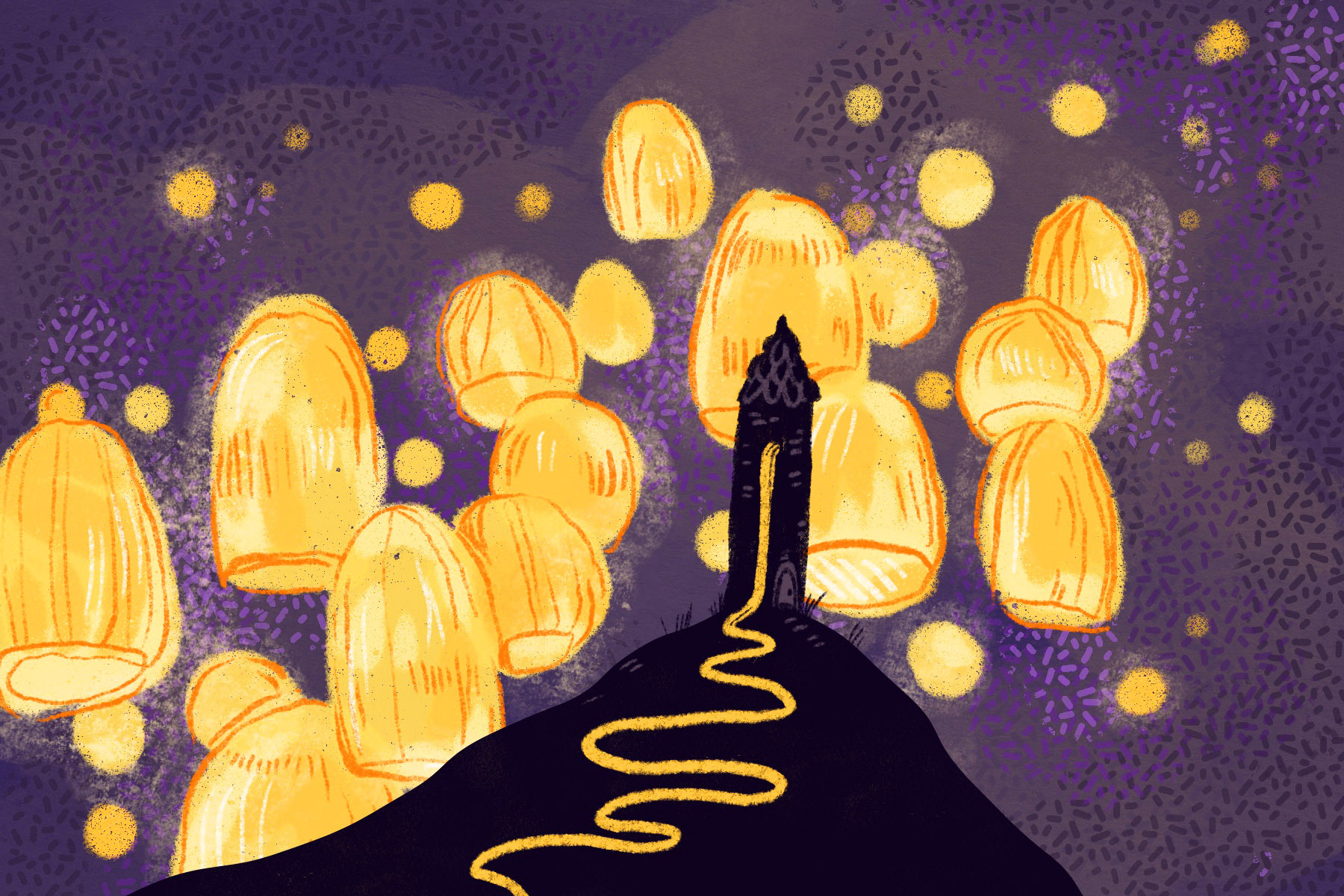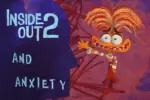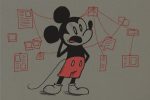Everybody knows Disney’s 2013 hit princess movie “Frozen.” The film became a household staple, and one couldn’t help but be reminded of its existence everywhere they went. Between billboards, merchandise or even stuffed prizes at boardwalks, the film became a classic. However, a different film released only three years earlier recently captured many hearts in the present day: “Tangled.” Despite its current popularity, its initial lack of success is still undeniable.
Disney’s “Tangled” was released in 2010 but didn’t gain nearly the same amount of success “Frozen” did. Audiences often pit the films against each other, with several people putting “Tangled” in the lead. With the belief that “Tangled” is better, audiences began asking why the film didn’t celebrate as much success as “Frozen.” It all boils down to a simple conclusion: the first five minutes. The argument for the deletion of the first five minutes of “Tangled” comes from a video essay uploaded on YouTube in February by creator CJ the X. In their video, titled “Skipping the First Five Minutes of Tangled,” CJ breaks down why they always skip the film’s opening and how not doing so drastically reduced the film’s popularity.
Do They Really Matter That Much?
The short answer is, yes. The exposition of a story is one of the most important parts. An exposition is where a storyteller introduces everything — the world, plot, characters, setting and the seeds of the conflict. However, expositions may also introduce things a bit too well too soon, which is what “Tangled” unfortunately falls victim to.
The film begins with main character and love interest Flynn Rider narrating Rapunzel’s backstory. He tells the audience the story of Rapunzel being the lost princess who was kidnapped as a baby by an old woman who wants to appear young forever. The woman, Mother Gothel, steals Rapunzel because of her hair, which had absorbed magical healing powers from a flower fed to her mother when she became sick during her pregnancy.
The point of the exposition is to explain to the audience why Rapunzel is never allowed to leave the tower she and Gothel live in. Essentially, Gothel doesn’t want her to be found by the kingdom and returned to her family, and she never wants Rapunzel to get hurt so she can keep using her hair. The exposition also explains how Rapunzel doesn’t know she’s the lost princess or that Gothel kidnapped her.
When one considers all the information dumped on the audience in the first five minutes, it becomes abundantly clear why it should’ve been excluded. As CJ explained in their video, “All of the information that is satisfied by the intro is also functionally satisfied in the course of the movie.” Their statement, along with the title of the second part of the video, “Tangled as a Mystery Movie,” immediately shows the direction their argument is going.
Increase in Plot Complexity
A big part of the hype surrounding “Frozen” during the time of its release was the excitement about the plot twist: Hans, Anna’s love interest, didn’t actually love her and used her to usurp the throne of Arendelle. Such a twist never occurred in a Disney princess film before, wherein love at first sight seemed likely, and it always turned out well for the films’ heroines. Instead, Hans, as a villain who fit the mold of past prince charmings, manipulated both Anna and the audience into trusting him. If “Tangled” didn’t include its first five minutes, a similar effect might’ve taken place.
As CJ points out, the audience wouldn’t know why Rapunzel’s hair is magical or why Rapunzel paints a picture of herself looking at glowing lanterns. As the film progresses, the answers to these questions would unfold for the audience. They would find out Rapunzel’s hair contains healing powers when she explains it to Flynn, and they would recognize the lanterns as a mere symbol until it’s revealed they light up every year specifically on her birthday. The clues are all there for the audience to put together, but Disney decided not to let their audience do so.
Even more importantly (and the reason the film is comparable to “Frozen”), if the first five minutes were not included, the audience would not know the extent of Gothel’s villainy until Rapunzel discovers it herself. Rapunzel discovers the truth about Gothel and her ancestry when she sees the symbol of the sun hanging all over the kingdom of Corona and recalls seeing it hanging above her bed as a baby.
Up until Rapunzel’s revelation, the audience would think Rapunzel was simply dealing with an overprotective and selfish mother who couldn’t let her daughter go. An article from Entertainment explained what makes Gothel an effective villain: Her ulterior motives are “toxic, narcissistic, and selfish” and her relationship with Rapunzel “is a complex examination of mother-daughter relationships and the emotional scars that can be wrought by controlling, self-involved parents.”
Without the first five minutes, Rapunzel’s origins would come as a surprise and make Gothel an even more deplorable villain due to the twist. As CJ stated, “The only thing we know now is the psychological horror of realizing that mother is just not mother; she’s just someone that wanted the power and kidnapped the baby.” Thus, erasing the first five minutes of “Tangled” would only increase the extent to which audiences despise Gothel’s actions.
The Takeaway
Trusting one’s audience is the biggest lesson for Disney to learn from critiques such as CJ’s. The last seven minutes of CJ’s video address the importance of trusting one’s audience, especially when it is composed of kids. CJ points out how making a film wherein all major plot points are explained in five minutes of exposition exemplifies greedy adults exploiting kids’ naivety for their own benefit. “They’re kids. We’re adults. It’s our responsibility to give them good art that’s going to last.”
The bottom line is that kids aren’t dumb. Even if they can’t put it together, the movie would feel much more exciting for them after discovering the truth. Maybe when they’re older, they can re-watch the movie and recognize all the clues sprinkled throughout. The film would remain timeless for them because they’d always be finding something new to appreciate within it. “Tangled” is ultimately a lesson in why it’s important to make kids’ movies complex enough for the films to grow alongside the kids they’re made for.

















